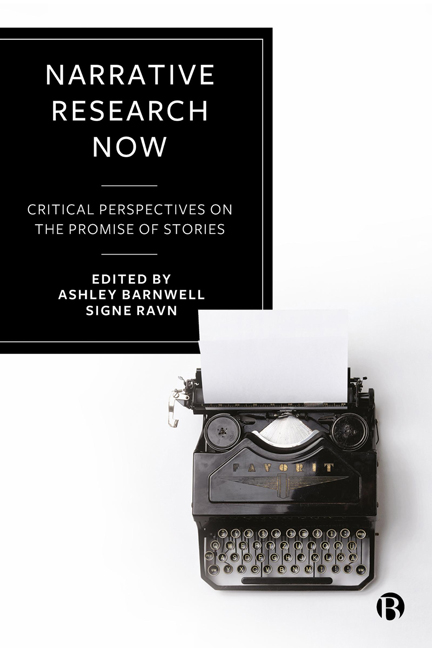2 - Telling Stories with Ribbons: Visual Acknowledgement in the Wake of Child Sexual Abuse
Published online by Cambridge University Press: 28 March 2024
Summary
Introduction
They look festive.
In the years since they first began to appear in May 2015, colourful ribbons have become replete throughout much of this place. They are bright, visual, even kaleidoscopic as they flicker when the wind picks up. To an untrained eye they give the appearance of decorations. (Fieldnotes, 4 January 2018)
Cities are an expression of stories. From the monumental through to the mundane, the materiality of cities embody stories on the part of town planners, architects, urban designers, advertisers, citizens and others. While such stories are often a source of protection in the form of heritage overlays, the shifting form of the built environment underscores the changing nature of stories within the contemporary city. This can be seen from global cities through to more vernacular regional centres. This chapter follows one such regional Australian city that has been undergoing a rapid aesthetic transformation – the Victorian city of Ballarat. A storied place in the context of Australia’s 19th-century colonial history, it was the epicentre of Australia’s gold rush in the 1850s, and the site of the richly celebrated Eureka rebellion in 1854. Known to many as the birthplace of Australian democracy, these events remain enshrined in the town’s material culture. The past endures in other ways as well. Catholicism dates back to the early days of mining when the first mass was conducted on diggings, and over the intervening years a number of Catholic parishes, schools and orphanages were established (McPhillips, 2017, p 138; Wilson and Golding, 2018, pp 864–5).
More recently, Ballarat has been transformed by the appearance of bright, colourful ribbons that have come to dominate the visuality of the town. Appearing at first spontaneously in 2015, in the years since they have become a movement that tells a new story; one of institutional child sexual abuse throughout the Catholic Diocese of Ballarat. Known as Loud Fence, the meanings these ribbons articulate onto publicly visible (if not public) spaces is the subject of this chapter. What public memories are made through the placement of ribbons? How are issues of responsibility and complicity invoked through such a practice? How are these meanings recalibrated according to the actors who place them? These questions animate my engagement with institutional fences as sites of visual storytelling.
- Type
- Chapter
- Information
- Narrative Research NowCritical Perspectives on the Promise of Stories, pp. 19 - 38Publisher: Bristol University PressPrint publication year: 2023



